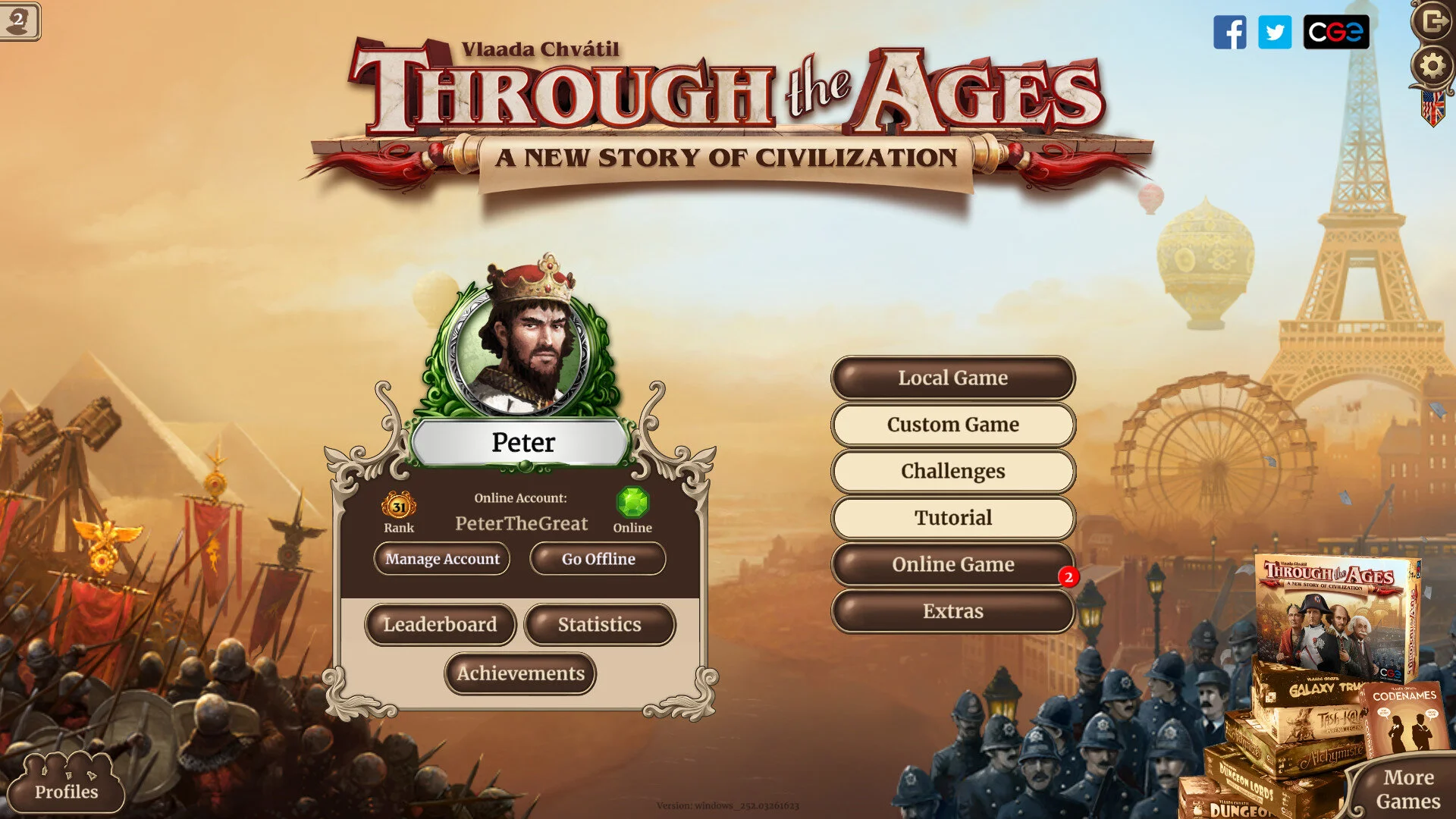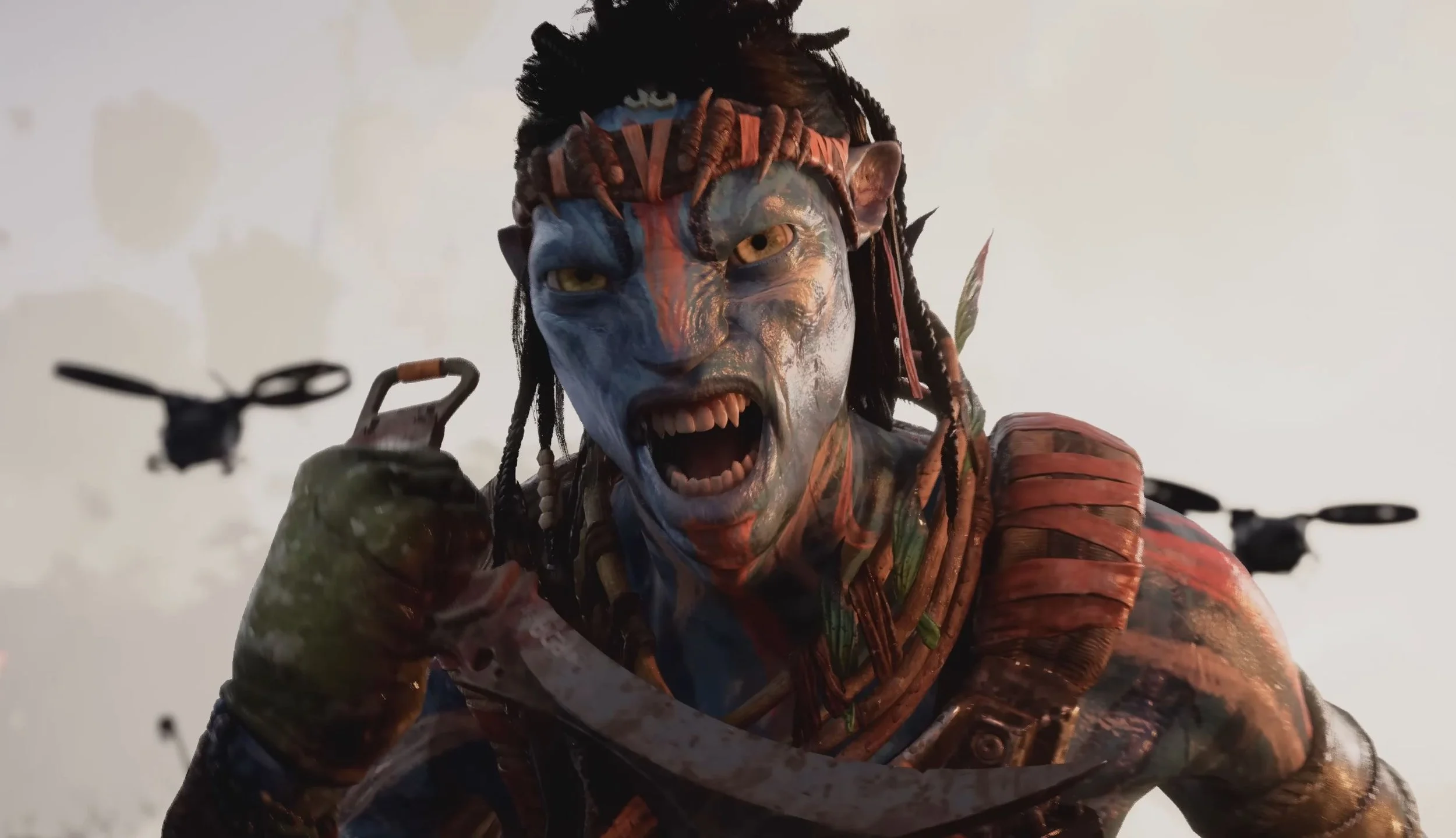Review copy provided by Road to Infamy Games
Jeffrey Chin and Andrew Nerger have designed a strategic negotiation game that involves planetary extraction, ship upgrades, and careful management of the resources you collect and the cards you play.
A game for three to six players, Afternova can be played in under an hour, and players will compete for the highest victory point total at the end of the game.
The small-box strategy game from Road To Infamy Games delivers engaging gameplay with the concept of evaluating when to be greedy and when to be cooperative. You’ll certainly need help from other players. The question is: When is it most advantageous and how do you end up as the one who profits the most?
It comes in a sleek package with endearing sci-fi art, but what’s under the surface in this planet-harvesting board game?
STORY
A nearby solar system has been obliterated by a supernova. Once prosperous worlds are now dangerously unstable, but are ripe for harvesting valuable resources. A job this big will be tough to do alone. You’ll need to recruit teams of skilled Hired Paws and strike deals with your competitors to share the work and the reward. Will you make it out as top dog or will your reputation fade into oblivion?
That’s the story, and you know it all too well. Greedy corporations are clamoring at the opportunity to profit from the misfortune of others. But as a ship captain, you can’t do this job alone. You’ll need to recruit mercenaries for the job. Thankfully, there’s no shortage of conniving and scheming Hired Paws that want a piece of the action. And upgrading your ship will help you get the most out of the planetary expeditions.
The Fragments are out there. It’s just a matter of who has the brains and the brawn to get the job done.
GAMEPLAY
The overview of Afternova is simple enough.
Each player is given a ship, a starting Blueprint, and three to five Hired Paws depending on the turn order.
The objective: Collect Fragments by extracting resources from planets, use those Fragments to build ship upgrades using Blueprints, and end the game with the most victory points.
Victory points are earned by completed Blueprints, remaining Fragments at the end of the game, and bonuses tied to specific Fragment colors.
The game ends after a player completes a sixth blueprint—though players have one final chance to complete any remaining blueprints with their current Fragment collection—and then every player tallies up their score. Highest victory point total wins.
And the gameplay is as simple as the rules.
On your turn you have two choices: Extract a planet or go to the Market. One gets you Fragments. The other gets you more Hired Paws and Blueprints.
Extracting involves one or more players combining their Hired Paws to meet the requirements on a Planet, and then collecting the Fragments and distributing them as agreed upon prior to extraction.
That’s it. Most of the Blueprints upgrade the ship to increase storage, use certain Fragments as replacements for any color, or provide extra benefits when using the Extract and Market actions. But those are just small additions to the order of play. They don’t complicate the process. Just influence strategy and improve efficiency.
What I really enjoy about Afternova is that it’s not hard learning how to play. The tough part comes in discovering when to play.
Each ship has limited storage for four Fragments unless later upgraded with Blueprints. Most Blueprints take three Fragments to complete. And any excess Fragments gained when extracting resources from a planet are discarded before Blueprints are completed.
That reduced storage capacity means that helping another player extract may not actually reward you enough to justify spending the Hired Paws necessary to do it. The key is figuring out the right rhythm for recruiting Hired Paws, extracting Fragments, and completing Blueprints. Fine-tune it enough, and you’ll be efficient enough to rarely waste a turn. Screw it up, and you’ll be despairing over a missed opportunity when you’ve reached your hand limit and your storage is full of Fragments but still can’t complete a Blueprint.
Negotiating on an extraction, though, will also fluctuate with different player counts. With three players, the active player might compare bids for help. With six players, there might be four players all working together and splitting the Fragments. Each game will be a unique web of negotiation and exploitation.
Does that player desperately need one more Hired Paw? How much are they willing to give in order to Extract?
Finding the right combination of generous assistance and selfish profiteering is crucial to getting Blueprints completed and staying competitive.
And the fact that all of it packs into a box small enough to fit in a purse and light enough to carry comfortably in one hand makes Afternova a desirable game.
VISUALS
Don’t forget about the artwork, though. Ben Ortiz and Jeffrey Chin have created memorable mercenaries and playful planets to catch the eye while enjoying a game of Afternova.
The Hired Paws are all punny characters with quirky illustrations and goofy names.
The planets may have all been destroyed in the blast from the supernova, but they are all batty depictions of a solar system I want to visit.
It’s a visually-distinct and amusing game that’s reflective of a lot of time and effort on the parts of Ortiz and Chin.
REPLAYABILITY
Afternova would be best played with differing player counts and with multiple gaming groups. It’s easy enough to learn, so there’s not much of a barrier to those that don’t play board games or card games often.
And that variability would provide engaging gameplay experiences. Playing with the same people, and the same number, would likely start to feel stale after some time.
Once you’ve mastered resource and card management, then it really comes down to the negotiations and how you interact with other players.
The more you change up who’s playing Afternova, the longer it will stay fresh and exciting.
WHAT IT COULD HAVE DONE BETTER
It’s a smart game that does a lot with a little. Where it might suffer is in comparison to larger board games that can play in under 90 minutes. Nuance, complexity, and replay value sometimes go hand in hand. Not always, but a game with more variation and more involved rules might provide more incentive to keep playing.
Afternova is a social game and one that can be accessible to young kids and tabletop newcomers, but it won’t be something that you bring to the table every single game night. It just doesn’t have that depth.
But it does what it’s designed to do very well—creating an environment in which players are wrestling to act with the most efficiency and the most savvy in order to accrue a dominant victory point total.
VERDICT
Afternova is a big blast in an itty-bitty living space. Charming artwork and wily negotiation make the strategy game an easy decision to bring out for everyone to have some fun.























